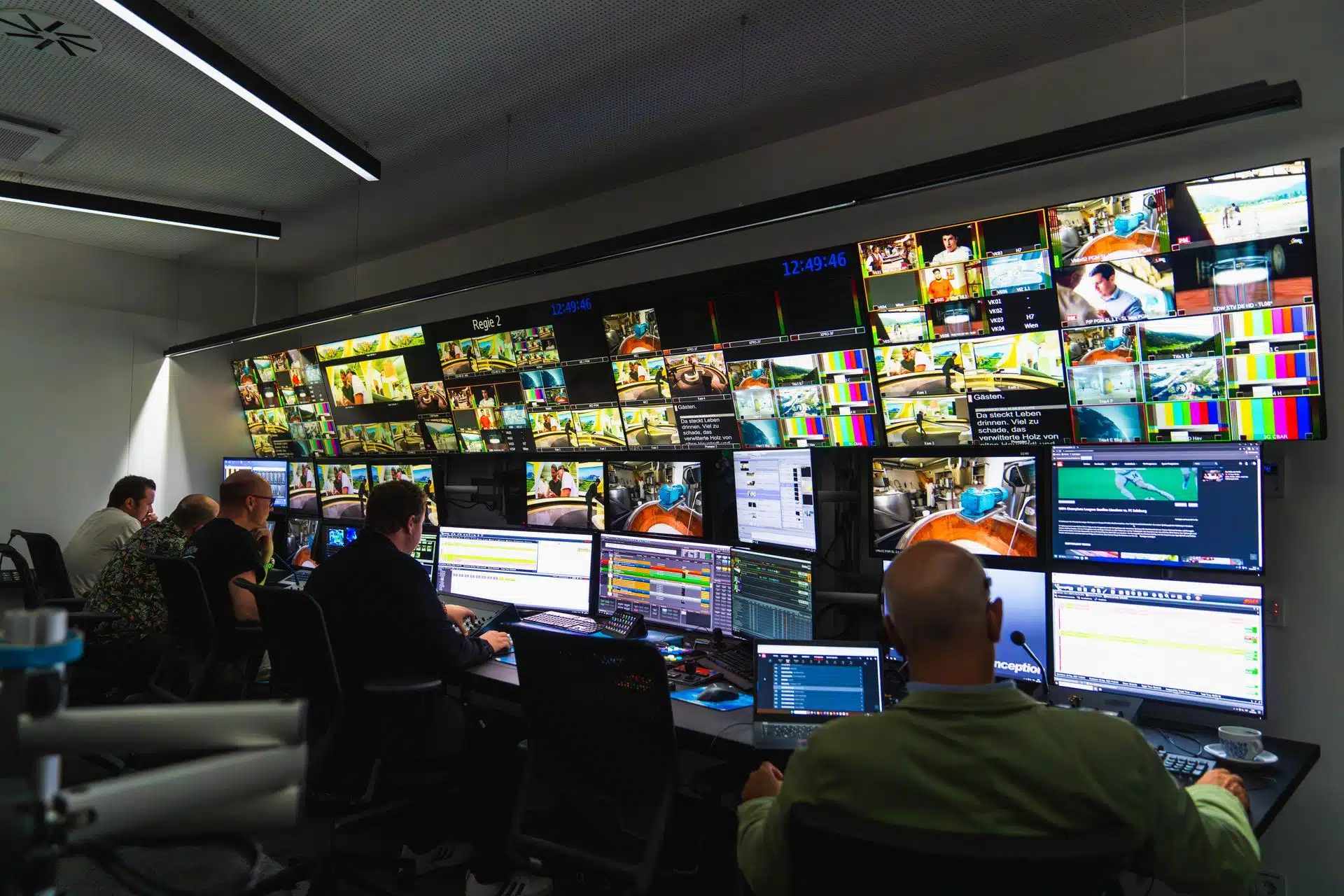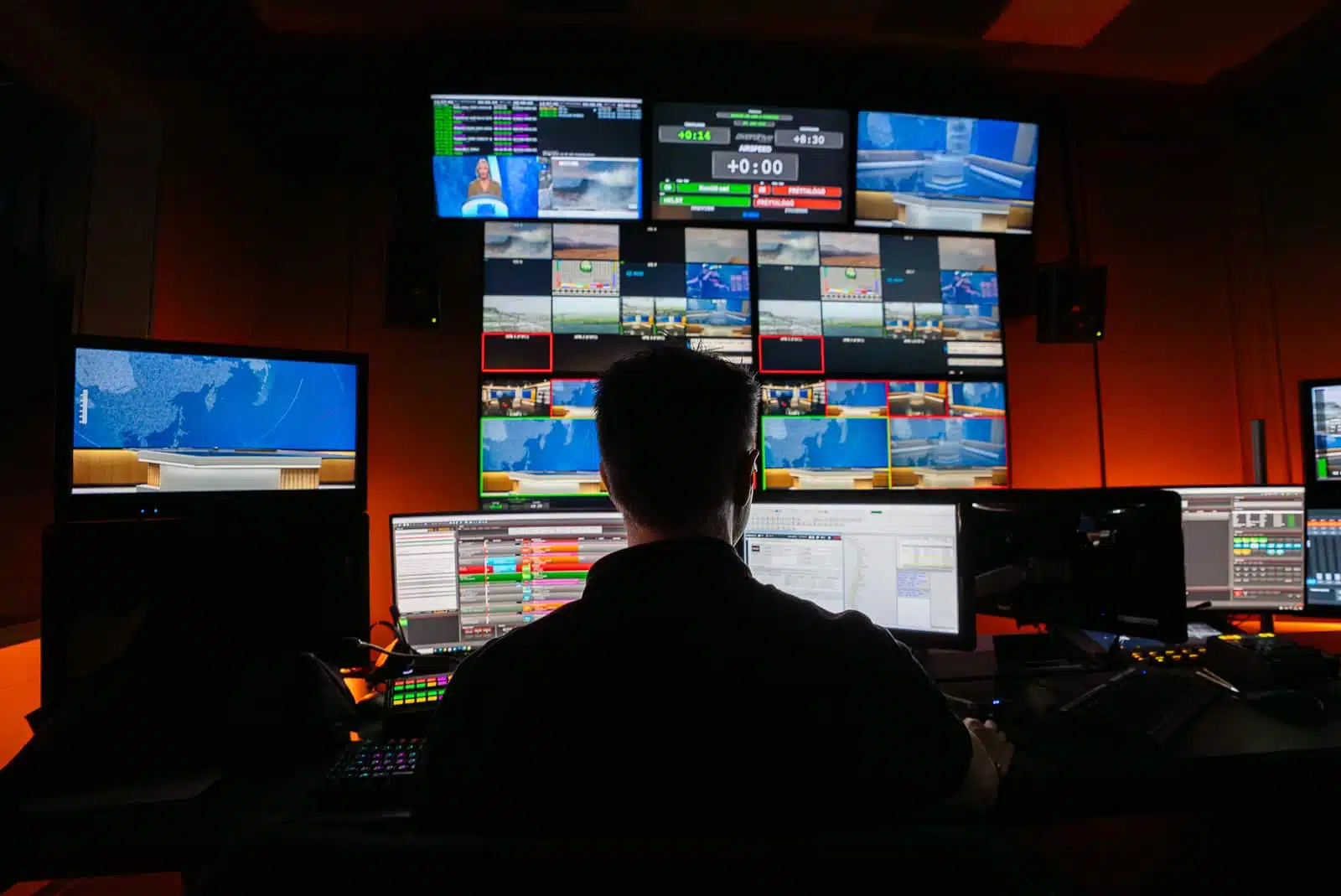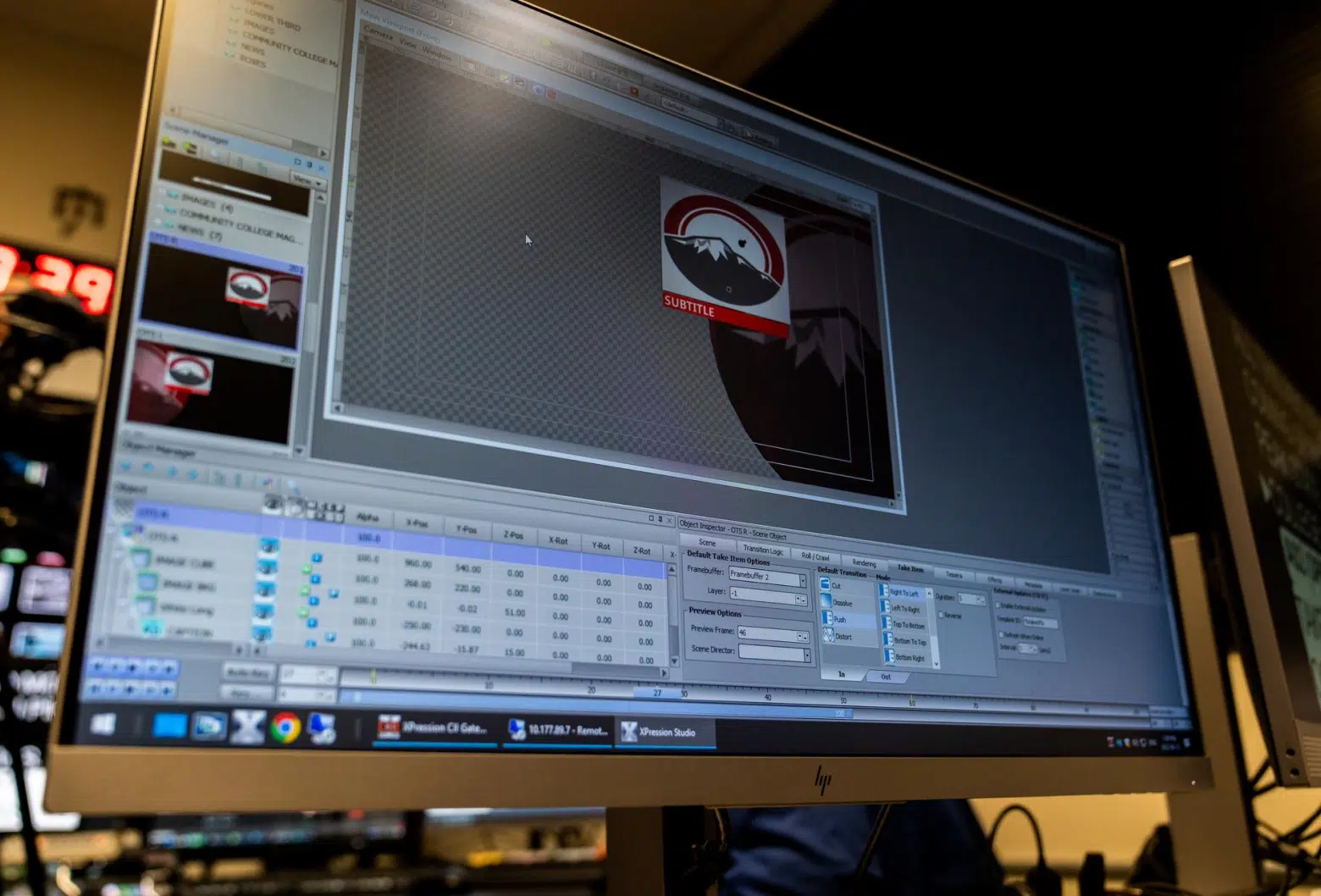Upgrading from an outdated broadcast graphics system may involve some short-term disruption, but the payoff is a significantly more efficient and future-ready workflow. This article explores how to make a smooth, strategic transition to a modern solution with minimal downtime and maximum impact.

No matter what line of business you happen to be in, a smooth and uninterrupted workflow is essential to success. Broadcast teams invest significant time and resources into streamlining their production processes and ensuring consistent day-to-day operations. However, your workflow chain will only be as efficient and effective as its weakest link. And in the broadcast industry, technical issues can disrupt workflow in any number of areas.
For example, are you considering abandoning your outdated broadcast graphics system? While many long-standing systems have delivered solid and reliable video production and television broadcast graphics for decades, users of these solutions are increasingly experiencing compatibility and capability issues.
The problems with outdated graphics solutions
Many broadcasters using outdated graphics solutions are facing a costly double whammy of product end-of-life and limited customer support. In short, these systems may no longer align with broadcasters’ organizational goals or operational workflows. As they age, outdated systems often experience hardware component wear and damage, which can lead to unexpected shutdowns and other technical failures. These failures can cause delays in live production and raise long-term reliability concerns.
Not every computer operating system (OS) will work with these systems. And because they are often incompatible with modern software platforms and digital devices, these systems are particularly prone to errors, slow start-up times, driver skips, data loss, playback lags, and general delivery glitches.
In many cases, these problems will result in a lack of quality content delivery that will be obvious to even the most oblivious of television viewers. At the very least, the constant troubleshooting and quick fixes that outdated graphics systems tend to require can cause ceaseless trials and tribulations for your production and broadcast teams. The challenges that these systems present make it extraordinarily difficult for broadcasters to maintain seamless workflows while ensuring high-quality, real-time graphics.
The challenges of migrating to a new broadcast graphics system
No broadcast organization wants to settle for an outdated graphics system that no longer meets the demands of their viewers, their team members, and the industry as a whole. However, the sheer technical difficulties and human resource challenges of migrating to a new graphics system can prevent broadcasters from leveling up, even when they know full well that a change is essential.
It can be particularly painful to replace an outdated graphics system, but to efficiently manage the migration to new production models, it is necessary to approach the business in a different way.
Stop letting workflow disruption fears stop you from leveling-up your graphics
To overcome broadcaster fears of a messy migration process that is plagued by downtime, there are four essential keys to consider: planning, flexibility, diversification, and research. A good equipment manufacturer will provide critical assistance and support in all these areas to facilitate a smooth migration from an outdated system or any other graphics platform/equipment that is no longer meeting your wants and needs.
Ross Video, for example, makes highly functional and user-friendly graphics systems that can meet the demands of any video production or broadcast organization. Much more than a manufacturer, Ross guides its customers through every stage of the equipment selection process with a seamless transition in mind. Then, it leads those customers through a migration process with little to no workflow disruption or operational downtime.

How to avoid downtime during tech transitions
Upgrading your production tech? Keep the cameras rolling with our zero downtime guide.
Leave your outdated graphics system behind
With the right equipment and support, you can dramatically transform the operational flexibility and overall quality of your on-screen graphics while simultaneously preserving workflow continuity. By adopting a graphics solution with templated workflows, real-time data integration, and a flexible cost structure, broadcasters can maintain creative freedom while reducing operational uncertainty.
Minimize or completely eliminate workflow disruptions during the migration from your outdated graphics system to Ross Video’s cutting-edge XPression real-time motion graphics system. This often involves a phased rollout of new graphics system capabilities and/or a parallel migration approach that involves running your outdated and modern systems at the same time.
Seamless integration during migration is best supported through broadcast-specific protocols such as MOS and CII. These standards allow graphics systems to connect reliably with newsroom computer systems, automation platforms, and editorial tools, minimizing disruptions and maintaining workflow continuity.

Choosing the right graphics investment model for your needs
Purchasing models in the broadcast industry have evolved, with some providers offering only subscription-based (OpEx) options, while others still support capital expenditure (CapEx) models. The most important factor is having the freedom to choose the approach that aligns with your financial strategy. Whether you prefer the predictability of monthly costs or the long-term value of outright ownership, partnering with a vendor that supports both models ensures your investment works for your unique needs, now and in the future.
Key takeaways
There are countless reasons to upgrade from your worn-out video production and broadcast graphics system. With the right equipment, support, and planning, you can migrate to a next-generation graphics system with minimal disruption and a smoother, more manageable experience. By heeding the basic advice and following the general guidelines above, broadcasters can level up their graphics game smoothly and seamlessly.